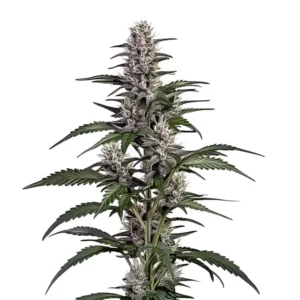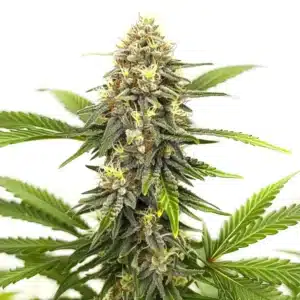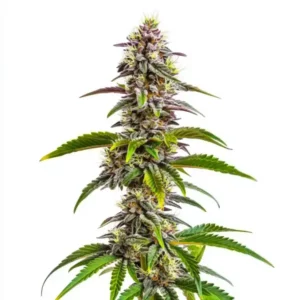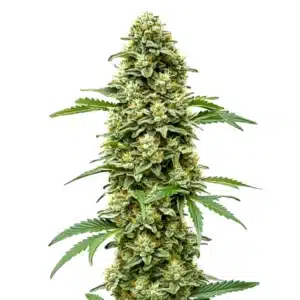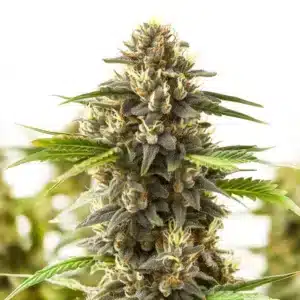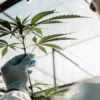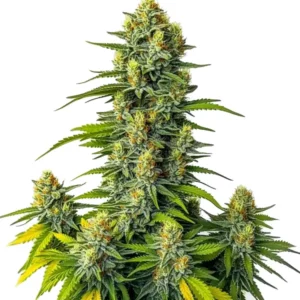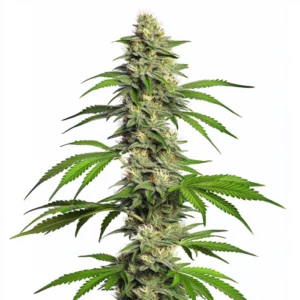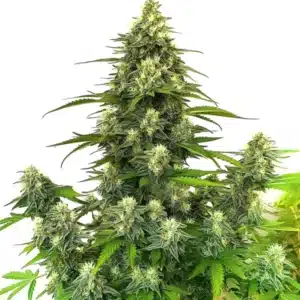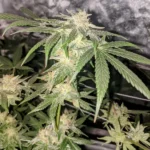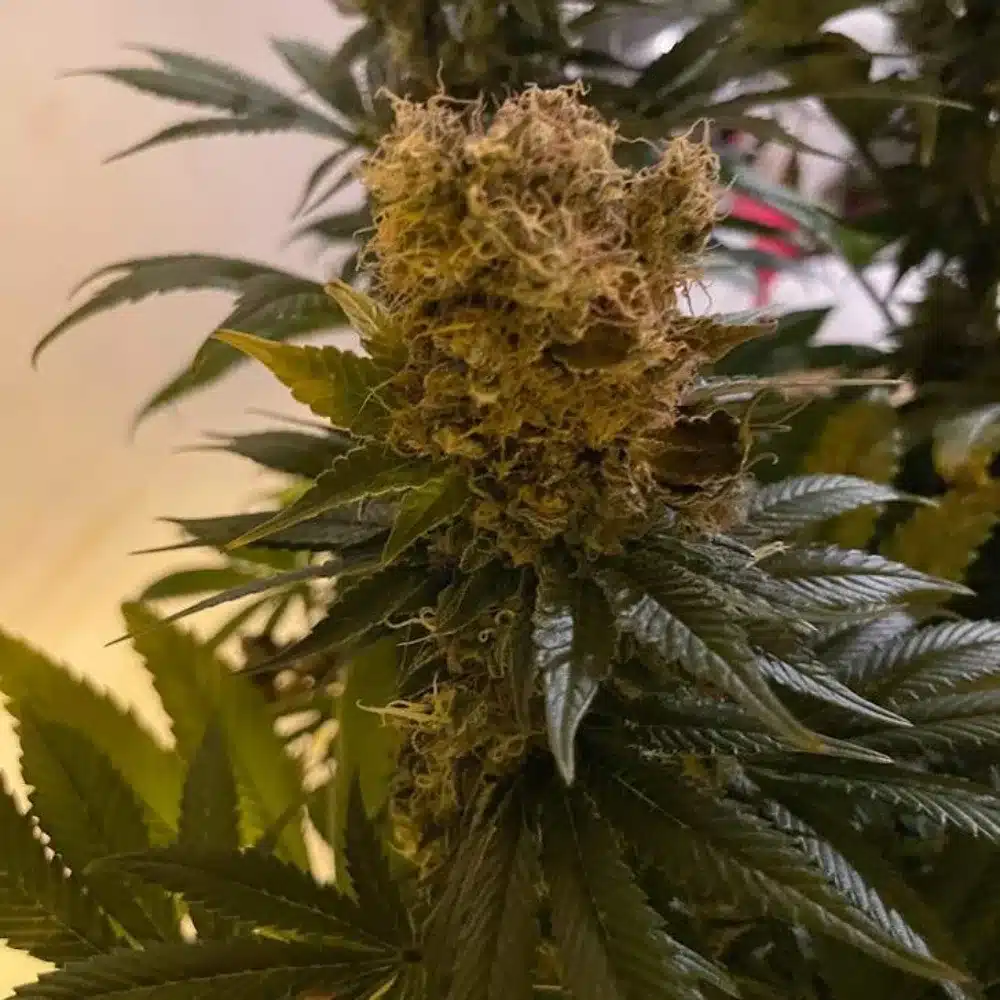
How to Grow Afghan Autoflower
Afghan Autoflower Description
Afghan Auto is a well-known cannabis strain cherished by growers for its resilience and distinctive characteristics. This strain is ideal for beginners and seasoned growers alike, offering medium THC levels that range between 15% – 17%. Afghan Autoflower is a cross between the classic Afghani and Ruderalis genetics, making it a predominantly Indica strain with reliable autoflowering traits. This combination delivers a potent and relaxing experience while maintaining an easy-to-grow profile, perfect for novice cultivators.
The buds are dense, exhibiting a rich array of green and orange hues. The surface is covered in a generous layer of trichomes, giving it a frosty and sticky texture. The unique flavor profile includes earthy notes, with spicy and woody undertones that are sure to please connoisseurs of classic Indica strains. With its balanced mix of effects, this strain is excellent for those looking to unwind, as it induces feelings of relaxation, focus, and happiness, making it a versatile choice for both recreational and medicinal use. For cultivators, Afghani strain grow info highlights its resilience, ease of growth, and consistent yields—ideal for growers seeking a reliable Indica variety.
Recommended Strains
Afghan Autoflower
|
|
THC | 15% - 17% (Medium) |
|
|
Type | Autoflowering |
|
|
Yield | Medium |
|
|
Phenotype | 90% Indica / 10% Sativa |
Afghan Hash Plant Regular
|
|
THC | 18% - 22% (Medium) |
|
|
Type | Regular |
|
|
Yield | Medium |
|
|
Phenotype | 90% Indica / 10% Sativa |
Promos & Deals
Environmental Requirements for Growing Afghan Autoflower
Growing Afghan Autoflower successfully starts with establishing the correct environmental conditions. This strain is particularly adaptable and does well both indoors and outdoors, provided the basic needs are met. Ideally, it thrives in a temperate climate with daytime temperatures ranging between 70-80°F (21-27°C) and cooler temperatures during the night. A stable climate is key to avoiding unnecessary stress and potential issues like mold.
Afghan Auto grows to a medium height of about 3.94 ft (1.2 m), making it manageable even in smaller grow spaces. When grown indoors, it is essential to provide adequate lighting, with LED grow lights or HPS lamps being optimal choices. A light cycle of 18-20 hours during the vegetative phase works well to ensure vigorous growth, while the autoflowering nature means there is no need to adjust the light cycle to initiate flowering.
Outdoors, afghani autoflower can grow well in locations with ample sunlight. Choose a spot that receives direct sunlight throughout the day for optimal results. Even though the plant is relatively easy to grow, protection from extreme weather conditions, such as strong winds or heavy rains, is important to prevent damage. For regions with less favorable climates, a greenhouse setup can provide the controlled environment necessary for robust growth.
Setting Up The Growing Cannabis Space
Indoor Cannabis Cultivation
For indoor cultivation of Afghan Auto, setting up a well-ventilated and organized grow space is crucial. A grow tent or a dedicated room with reflective materials helps maximize light distribution, which is vital for achieving high yields. Ensure that the area has good airflow by installing an exhaust fan, carbon filter, and oscillating fans to maintain proper air circulation, which prevents mold and mildew buildup.
When choosing a growing medium, Afghan Autoflower responds well to both soil and hydroponic setups. High-quality soil with good drainage is ideal for those seeking an easier setup, while hydroponics can enhance nutrient absorption, speeding up growth for more experienced cultivators. Maintaining a pH level of around 6.0-6.5 is also important for nutrient uptake, ensuring healthy plant development.
Outdoor Cannabis Cultivation
Outdoors, Afghan Autoflower should be planted in nutrient-rich soil that drains well to prevent root rot. Containers are a great option as they allow better control over soil quality, and fabric pots specifically promote strong root systems by enhancing aeration. Since this strain doesn’t grow too tall, it is relatively discreet, but consider shielding it from strong winds by placing it near a fence or natural windbreak.
Supporting the branches with stakes or trellises may be necessary, especially as the buds develop and become denser. This helps to maintain an even distribution of weight across the plant, improving both airflow and light exposure for lower buds.
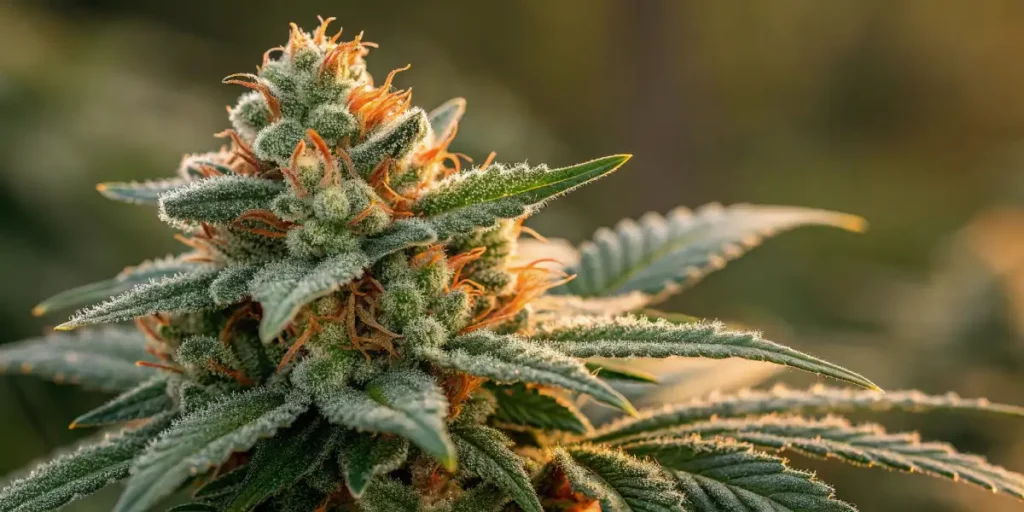
Propagation and Germination of Afghan Autoflower
Proper germination is the foundation for a successful grow. For Afghan Autoflower, start by selecting high-quality seeds to ensure stable genetics and maximum viability. The germination process typically begins by soaking the seeds in distilled water or placing them between moist paper towels for 24-48 hours in a warm, dark environment.
Once taproots emerge, gently transfer the seeds to a pre-moistened growing medium, such as a seedling tray or small pots filled with light soil. Keep the temperature around 75-80°F (24-27°C) and maintain a humidity level between 60-70% for the first few days, gradually lowering humidity as the seedlings establish themselves.
Indirect lighting is best during the initial stages, transitioning to more intense light once true leaves appear. Ensuring proper environmental conditions during germination will lead to a successful start, helping Afghan Auto grow into a healthy plant with strong yields.
Vegetative Phase of Afghan Autoflower
The vegetative phase of Afghan Autoflower is characterized by rapid growth, as the plant develops strong roots and lush foliage. Since it is an autoflower, this stage blends seamlessly into the flowering phase without requiring a change in the light schedule.
Lighting: Providing 18-20 hours of light per day will help maximize growth. LED grow lights are a preferred option due to their energy efficiency and full-spectrum output, but HPS lamps are also effective for promoting vigorous vegetative growth.
Nutrition: During this phase, Afghan Auto needs a balanced nutrient blend high in nitrogen. This will encourage the development of strong stems and a dense canopy, which are crucial for supporting the buds during flowering.
Watering: Water thoroughly but infrequently to prevent waterlogging. Allow the top inch of the soil to dry out between waterings, as this encourages the roots to grow deeper in search of moisture, resulting in a more resilient plant.
Flowering Phase of Afghan Autoflower
The flowering phase of Afghan Autoflower begins automatically within a few weeks of germination, typically around week 3 or 4. This stage is when the plant starts focusing its energy on developing buds, and adjustments in care are essential to promote large and healthy yields.
Lighting: Maintain the 18-20 hour light cycle, as autoflowers do not require a change to induce flowering. Ensure your grow lights provide adequate coverage and are positioned at the correct distance to avoid burning the buds.
Nutrition: Transition from a nitrogen-rich formula to one higher in phosphorus and potassium, as these nutrients support flower production and resin development. This strain benefits from a bloom booster to enhance bud size and density.
Temperature and Humidity: Keep temperatures between 65-75°F (18-24°C) to encourage resin production and maintain a humidity level of 40-50% to prevent mold issues.
Cannabis Fertilization and Nutrition
Proper nutrition is vital for Afghan Autoflower to reach its potential. During the vegetative stage, nitrogen is key, while in the flowering phase, focus on phosphorus and potassium to support bud growth. Using organic supplements like fish emulsion or bat guano can improve overall plant health.
Pay attention to nutrient deficiencies or toxicities by monitoring leaf color and growth patterns. Flushing the soil with clean water during the final weeks of flowering helps remove any excess nutrients, resulting in a cleaner, smoother smoking experience.
Pest and Disease Control for Cannabis Growing
Afghan Autoflower is relatively resistant to pests and diseases but not immune. Prevention is the best defense against common pests like spider mites or aphids. Regular inspection, maintaining a clean grow space, and using neem oil or insecticidal soap are effective measures.
Ensure that your plants have good airflow and are not exposed to excessive humidity, as these conditions can lead to mold. Address any issues promptly to minimize damage and keep the plants healthy throughout the growth cycle.
Harvesting and Curing Afghan Autoflower
Harvesting this strain is a rewarding process, typically taking place 8-10 weeks after germination. Use a magnifying tool to observe trichomes when they are mostly milky with some amber, it’s the perfect time to harvest for balanced potency.
After cutting the branches, hang them upside down in a dark, well-ventilated area for 7–14 days. Once dried, the buds should be cured in airtight jars, opening them daily to release excess moisture. Proper curing can take 2–4 weeks, significantly enhancing the flavor and potency of the Afghan weed plant, especially in autoflowering varieties.
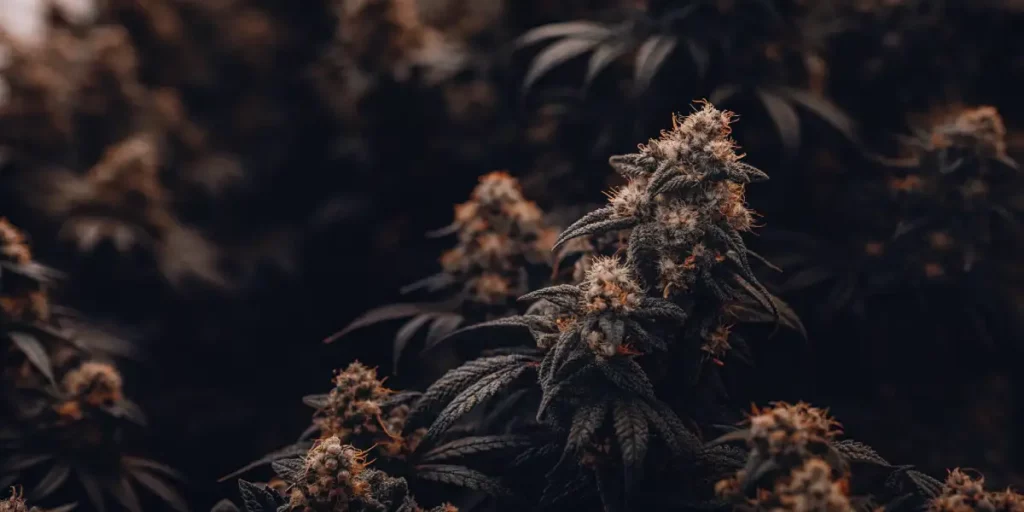
Is Afghan Autoflower Indica or Sativa?
Afghan Autoflower is predominantly Indica, featuring the classic characteristics of this type of strain. It provides a body-heavy high that helps relax muscles and reduce anxiety, which is perfect for evening use or as a sleep aid.
Its Indica dominance also means it stays relatively compact, making it suitable for indoor growers with limited space while still delivering potent effects and respectable yields.
Advantages
- Easy to grow and beginner-friendly.
- Compact size ideal for indoor grows.
- Relatively short flowering time (8-10 weeks).
- Produces dense, resinous buds.
- Adaptable to both indoor and outdoor environments.
- Resistant to many common pests and diseases.
Why Buy Afghan Autoflower
This strain is a reliable choice for growers of all levels. Its ease of cultivation, coupled with its unique flavors of citrus, spice, and woody notes, makes it an attractive option for anyone seeking a classic Indica experience. This strain is also versatile for both recreational and medicinal use, offering relaxation and relief from conditions like insomnia and muscle spasms.
Problems in Cultivating Afghan Autoflower
While Afghan Autoflower is straightforward to grow, certain challenges may arise. Maintaining correct nutrient levels is crucial, as deficiencies or toxicities can quickly affect growth. Additionally, the strong odor during flowering may require odor control measures, such as carbon filters, to avoid detection.
Monitoring environmental conditions like temperature and humidity is key, as this strain, while resilient, can still be affected by mold or heat stress. With attention and care, these issues can be minimized, resulting in a healthy harvest.
Similar Strains
- Critical Autoflower: Known for its robust growth and citrusy aroma, Critical Autoflower is another beginner-friendly strain with a short flowering period and compact size.
- Amnesia Haze Autoflower: This strain delivers uplifting effects and has a citrusy flavor, making it a great alternative for those seeking a more Sativa-like experience.
- White Widow Autoflower: Offering a balanced high and ease of cultivation, White Widow Autoflower is perfect for growers looking for a reliable strain with potent effects.
Tips for Professionals
- Utilize advanced training techniques such as LST (low-stress training) to maximize light penetration and yields.
- Consider CO2 enrichment to boost plant growth during both vegetative and flowering stages, especially in sealed grow environments.
- Implement a precise nutrient regimen tailored to each growth stage to optimize plant health and maximize resin production.
FAQs
How tall does Afghan Autoflower grow?
This strain typically grows to about 3.94 ft (1.2 m), making it a great choice for indoor grows or limited space.
How long does Afghan Autoflower take to flower?
This strain has a flowering time of 8-10 weeks from germination, which is relatively quick compared to photoperiod strains.
Is Afghan Autoflower beginner-friendly?
Yes, this strain is considered beginner-friendly due to its resilience and straightforward growing requirements.
What are the effects of Afghan Autoflower?
The effects are primarily relaxing, with feelings of happiness and focus, making it ideal for reducing stress and anxiety.
Can Afghan Autoflower be grown outdoors?
Absolutely, this strain is well-suited for outdoor cultivation, provided it receives plenty of sunlight and protection from extreme weather.


